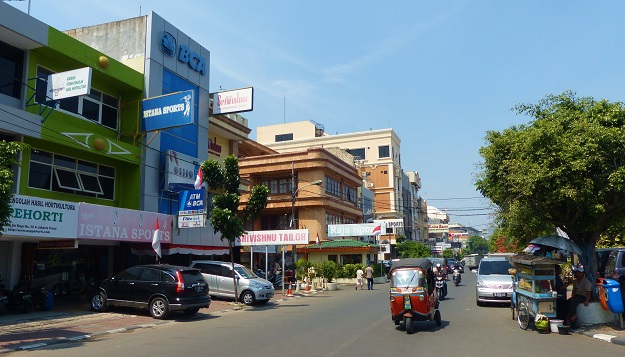Bank Indonesia Estimates GDP Growth at 5.05% in 2017, 6% by 2022
The central bank of Indonesia (Bank Indonesia) stated on Thursday (28/12) that it expects to see Indonesia's economic growth at 5.05 percent year-on-year (y/y) in full-year 2017, up modestly from 5.02 percent (y/y) in the preceding year. Bank Indonesia Governor Agus Martowardojo said the Indonesian economy is recovering unevenly yet gradually.
The positive message is that economic acceleration continues (a process that started from 2015 onward), supported by rising commodity exports which led to increased non-construction investment by commodity-based corporations. Meanwhile, fiscal stimulus for infrastructure projects also encouraged building investment.
Martowardojo added that household consumption in Indonesia experienced limited growth in 2017, reflected by bleak food and clothing shopping. He attributed this phenomenon to a shift in consumption to leisure (spending).
Regarding economic growth in 2018, Bank Indonesia expects accelerating growth to persist due to rising investment, more fiscal stimulus and growing exports on the back of the strengthening global economy. Bank Indonesia expects the Indonesian economy to grow at the range of 5.1 - 5.5 percent (y/y) in 2018. Global economic growth is forecast at the range of 3.6 - 3.7 percent (y/y) in 2018.
Bank Indonesia also stated that it will take at least four years before Indonesia can expect to experience a +6 percent (y/y) GDP growth rate. By the year 2022 Indonesia may see a 6 percent (y/y) growth rate. To achieve this figure, however, it will require hard work. The government needs to remain committed to implement structural reforms, focus on infrastructure development, boost the quality of human resources, and encourage innovation.

Bahas
Silakan login atau berlangganan untuk mengomentari kolom ini
